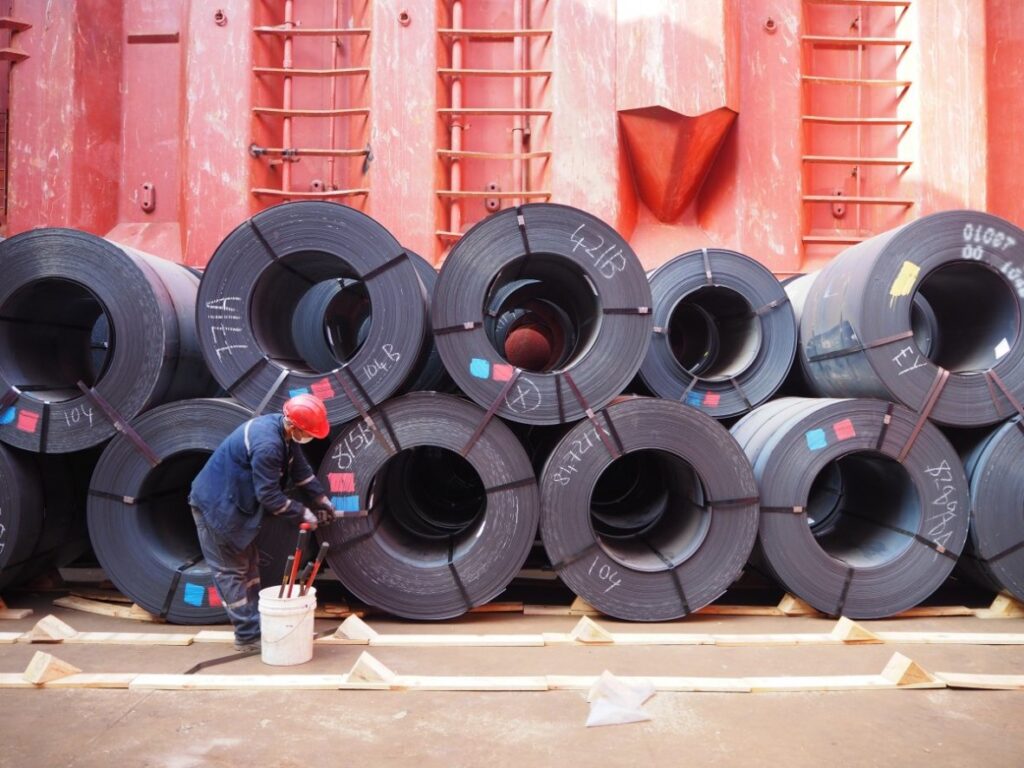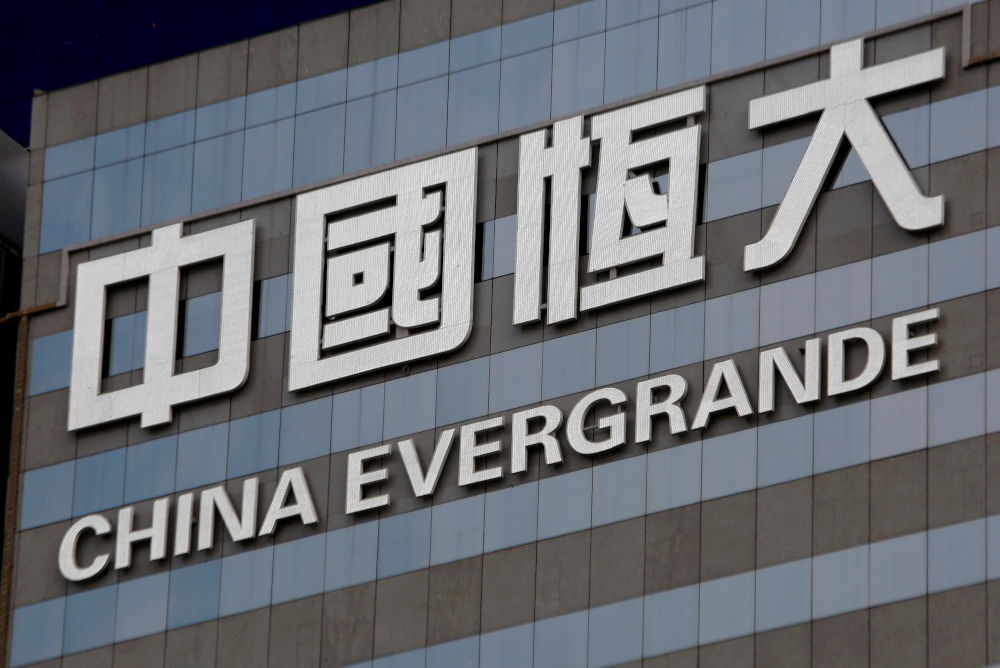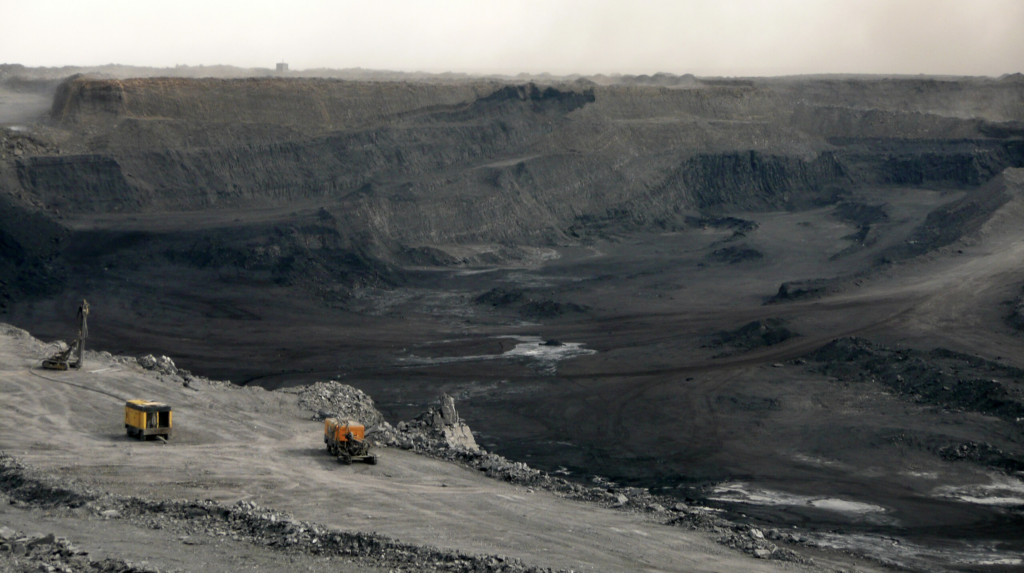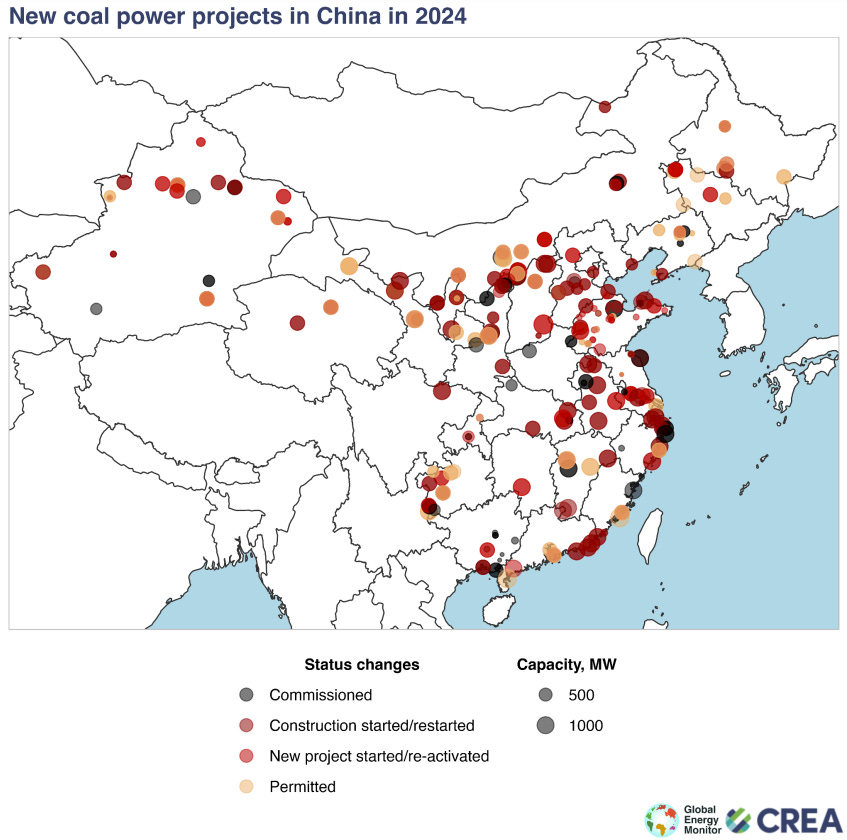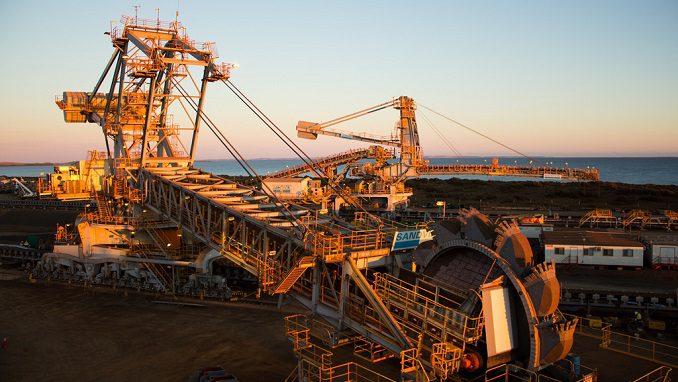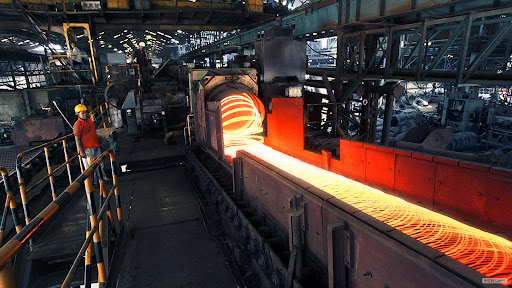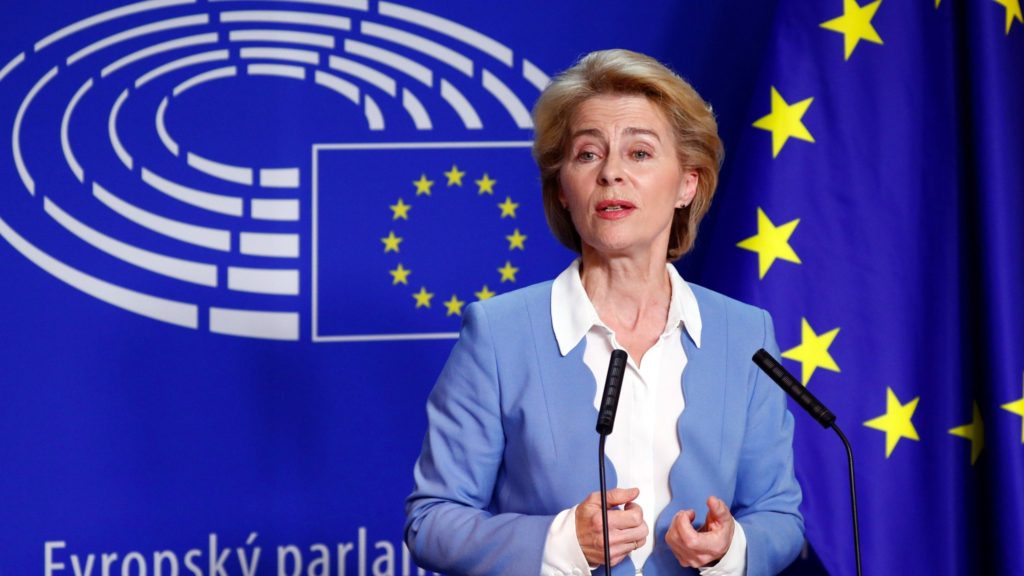Did China’s steel industry really get within a whisker of meeting Beijing’s production cap last year?
If official data are to be believed, 2023 output ended up barely changed at just over 1 billion tons, thanks to an unprecedented 15% year-on-year plunge in output in the last month to a six-year low. In data going back to 2004, it’s only the second time that December has been lower than November, and never by that margin.
There are other indications that what seems too good to be true often is. Steel analysts, who declined to be named as the matter is sensitive, are among those pointing to conflicting data: iron ore imports that hit a record in 2023 without disturbing inventory levels, rising rebar stockpiles, and increased output of steel products.
China’s official figures are frequently viewed as conveniently close to political targets and few challenges are as thorny as curbing oversupply in the vast and fragmented steel sector. But stir in President Xi Jinping’s climate goals and the need to preserve employment in an industry that was loss-making for much of 2023, and steelmakers are left juggling an often conflicting set of incentives.
“China’s highly competitive steel mills will probably accept operating losses rather than taking on the much larger cost of full closure,” said Tom Price, head of commodities strategy at Liberum Capital Ltd. in London. “Furthermore, an incentive exists for the mills to under-report production, to avoid government sanctions.”

The order from the National Development and Reform Commission, China’s top economic planning agency, to reduce or maintain production at the previous year’s level has been in place since 2021 to curb overcapacity and the industry’s carbon footprint. The general view in the final months of 2023 was that steelmakers hadn’t cut enough to get even close to the annual cap.
The China Iron and Steel Association, which represents the biggest steelmakers, declined to comment.
The sensitivity around steel extends beyond its obvious importance as a key building block of the economy. China’s by far the world’s biggest supplier and producing the alloy is highly polluting and carbon intensive, accounting for about 15% of the country’s total emissions. Reducing those is crucial to meeting President Xi Jinping’s climate goals. Meanwhile, China’s exports, which hit a seven-year high in 2023, have drawn scrutiny over the years amid accusations that Beijing is prone to dumping its surplus abroad to the detriment of rivals.
Those rising exports are just one sign of how dismal domestic conditions have created a glut of steel in China, where demand is heavily keyed to the crisis-ridden property market.
Limited Stimulus
China’s commodities sector has found creative ways in the past to ensure it hits its targets. Overseas coal purchases recorded in the last month of 2019 were an astonishingly low 2.8 million tons after ports delayed cargo clearances, allowing importers to creep under the annual limit at the time of 300 million tons. In January 2020, imports ballooned to over 43 million tons as the excess shipments were released, setting a monthly record that stood for almost four years.
Steel mills may be hoping that their excess gets soaked up once Beijing is forced to unleash massive infrastructure spending to revive growth. But that’s a big ‘if’ given the parlous state of local government finances, and the authorities have so far been content to offer only limited stimulus to sustain the economy. China’s habit of combining January and February data to smooth out inconsistencies due to an irregular lunar new year could also be an opportunity to mask any surplus.
Officials haven’t said if they’re looking at whether the steel industry fudged its numbers. Neither the statistics bureau nor the NDRC responded to requests for comment. But Beijing has launched a new crackdown on statistical fraud, elevating the issue by making the Communist Party’s disciplinary body responsible for punishing manipulation. And the government’s curbs on production aren’t going away.
“It is likely that another cap on output will be issued by Chinese policymakers to curb emissions this year,” Capital Economics Ltd. said in a note.

